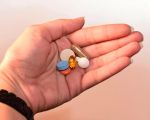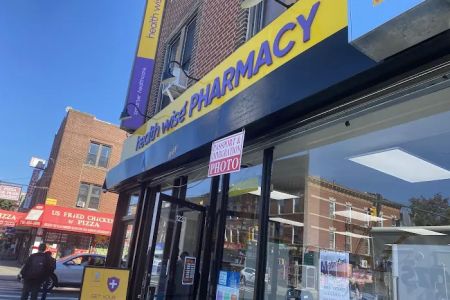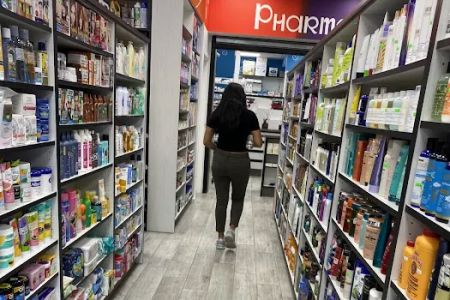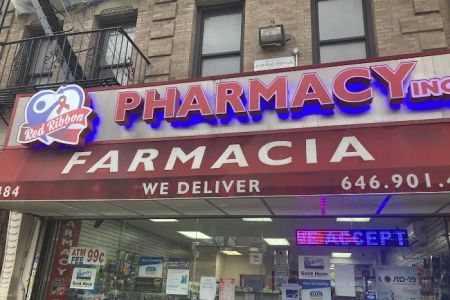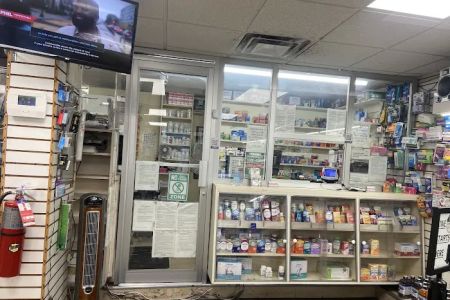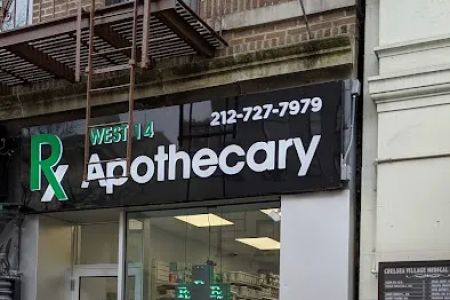How to Compare Pharmacy Prices in the USA: A Step-by-Step Guide
As someone who regularly fills prescriptions, I know how overwhelming it can be to compare pharmacy prices. It often feels like there’s a maze of options—different pharmacies, different prices, and different discount programs to navigate. For many people, finding affordable medications is crucial, but it’s not always easy. After several experiences of hunting down the best deals, I’ve learned a lot about how to compare pharmacy prices in the U.S. and I’m happy to share my knowledge with you. Whether you’re looking for a more affordable way to pay for prescriptions or simply want to ensure you’re getting the best deal, this guide will help you make informed decisions about pharmacy costs.
The Importance of Comparing Pharmacy Prices
In the U.S., pharmacy prices can vary widely—even for the same medication. It’s not uncommon to see the price of a prescription fluctuate by as much as 50% from one pharmacy to another. This price discrepancy can have a significant impact on your budget, especially if you need a prescription filled regularly. After a frustrating experience where I paid way more than I expected for a prescription at one pharmacy, I became determined to find ways to compare prices and find the most affordable options.
1. Start with Your Insurance Plan
Many people assume that their insurance will cover most of their prescription costs, but the reality is more complex. The amount you pay for a medication can vary based on your insurance plan’s formulary and the pharmacy you use. When I first started comparing pharmacy prices, I made sure to check my insurance plan’s formulary list. This list tells you which drugs are covered, as well as their cost-sharing requirements, so you’ll know if your medication is covered and how much your out-of-pocket costs will be. Don’t forget to check if the pharmacy is part of your insurance’s preferred network. Using an in-network pharmacy can significantly lower your costs.
2. Use Online Price Comparison Tools
There are a variety of websites and apps that help you compare pharmacy prices. These tools allow you to check prices at different pharmacies in your area. I started using one of these tools after realizing how much prices could vary. Websites like GoodRx, RxSaver, and SingleCare allow you to search for your medication and get price estimates from various local pharmacies. They even provide discount coupons that can save you money if your insurance isn’t covering the full cost of the medication. I’ve found these tools incredibly helpful in saving money on prescriptions that weren’t covered by my insurance or that had a high co-pay.
3. Call Different Pharmacies
Although online tools can be convenient, sometimes they don’t have the most up-to-date pricing information. That’s when I found it helpful to call pharmacies directly. I’ve called several pharmacies in my area, and I’ve found that prices can differ greatly even within the same neighborhood. Some pharmacies offer price matching, which can be a great way to ensure you’re getting the best deal. I remember one time I found a lower price at a competitor pharmacy, and when I mentioned it to my usual pharmacy, they matched the price without hesitation. It was a simple way to get a better deal without changing pharmacies.
4. Look for Pharmacy Discount Programs
Another strategy I’ve used is taking advantage of pharmacy discount programs. Many chain pharmacies offer loyalty programs or discount cards that can significantly lower the price of your prescriptions. Some of these programs are free to sign up for, and they offer a variety of discounts, depending on the medication. I signed up for a few pharmacy rewards programs, and I’ve saved a surprising amount on certain prescriptions. Additionally, some pharmacies have “generic drug savings” programs that offer discounted generic medications, which can make a huge difference in your out-of-pocket costs.
5. Consider Generic Medications
If you’re looking to save money, one of the easiest ways is by choosing generic medications. Generic drugs contain the same active ingredients as their brand-name counterparts, but they often cost much less. When I first started looking into generic options, I was amazed at how much cheaper they were compared to brand-name drugs. Some insurance plans may even require that you choose generic drugs whenever possible. Even if your doctor prescribes a brand-name medication, you can always ask if there’s a generic version available. Most doctors are happy to prescribe the generic version if it’s medically appropriate for you.
6. Ask About the Cash Price
Sometimes, paying for a prescription with insurance isn’t the cheapest option. While many of us think that insurance is always the best choice, there are instances when paying cash for a medication can be more affordable. I learned this lesson when I found that the cash price of a medication was lower than my insurance’s co-pay. Don’t hesitate to ask the pharmacist for the cash price of your medication. You might be surprised to find that it’s cheaper than what your insurance plan would require. This is especially true for medications that are not covered by insurance or for those with high deductibles.
7. Check for Manufacturer Coupons
Another great way to save money on prescriptions is by looking for manufacturer coupons. Many drug manufacturers offer coupons or patient assistance programs that provide discounts on medications. I was able to get a significant discount on a medication that wasn’t covered by my insurance thanks to a coupon from the manufacturer. These coupons are often available on the pharmaceutical company’s website, and they can be used in conjunction with other discount programs or insurance plans to reduce your costs. I recommend checking for coupons before filling any prescription to see if you can save extra money.
Additional Tips for Managing Prescription Costs
8. Use Mail-Order Pharmacies
Another option I’ve found useful is using mail-order pharmacies. Many insurance plans offer mail-order pharmacy services, which allow you to order a three-month supply of your medications at a lower cost. I’ve used mail-order services for certain prescriptions, and I’ve noticed that the prices are often much lower than what I’d pay at a brick-and-mortar pharmacy. Plus, the convenience of having my medications delivered directly to my door is a major bonus.
9. Check for State-Specific Programs
In addition to national programs, some states have prescription assistance programs that can help lower the cost of medications. I discovered a few programs offered by my state that provided discounts on certain drugs. These programs are often geared toward people without insurance or those who have high prescription costs. It’s worth checking with your state’s health department to see if there are any programs available that could help you save money on prescriptions.
10. Don’t Be Afraid to Ask for Help
Finally, don’t hesitate to ask for help. Pharmacists are a great resource for advice on how to save money on prescriptions. If you’re struggling to afford your medications, talk to your pharmacist about alternative options. They may be able to suggest generic alternatives, lower-cost brands, or even help you find discount programs. In my experience, pharmacists are more than willing to work with you to ensure that you can afford the medications you need.








